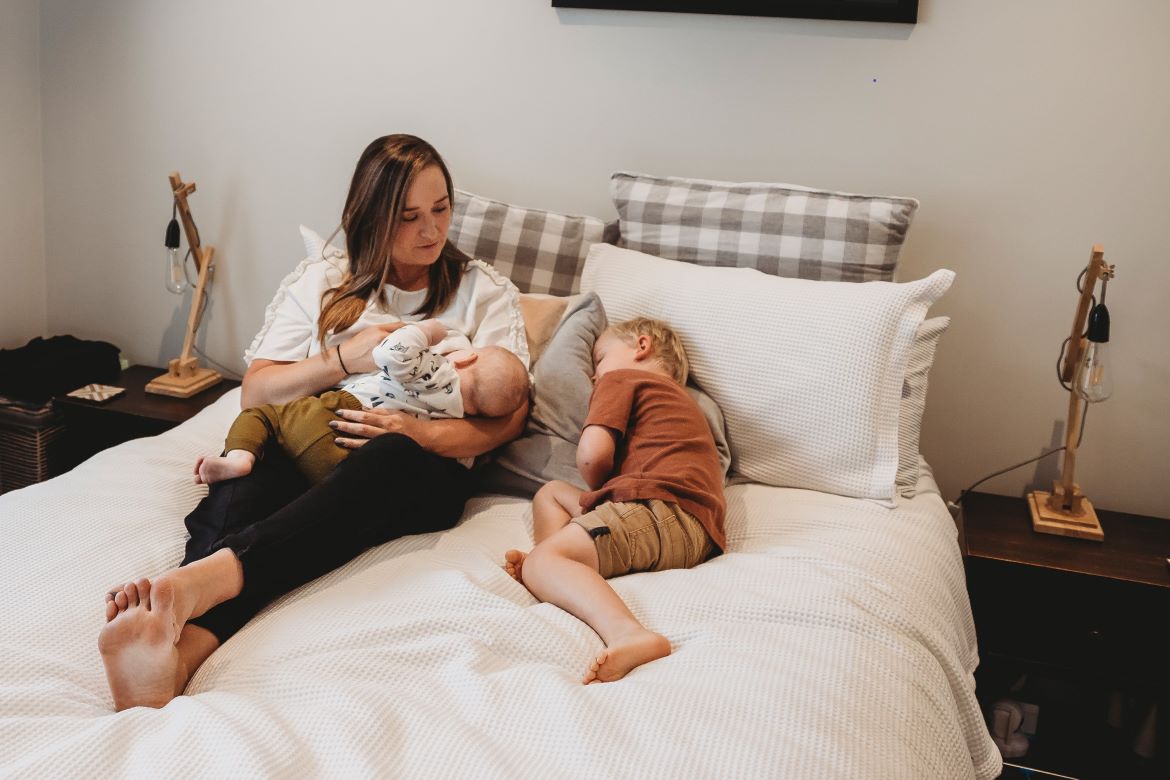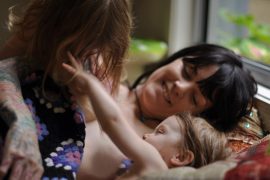By Mary Francell
In Spain, babies and children stay up until after 10 p.m., sometimes joining their parents and other families on a stroll around town in the evening. Contemporary foraging cultures (hunter-gatherers) like the !Kung in Botswana have no set schedule – both adults and children sleep when they are tired.
In the Philippines, toddlers often fall asleep in a hammock in the main living area and are carried to bed when their parents are ready to join them. In France, many children do their own thing until they put themselves to bed.
Bedtime Struggles
However, parents in predominantly English speaking countries like the US, the UK and Australia constantly hear about the importance of a routine and an early bedtime, even when the sun doesn’t go down until late. But this often becomes a struggle – it’s scary at night and children don’t want to be alone. Parents worry their babies and toddlers aren’t getting enough sleep, which leads to more stress – and less sleep.
Even some co-sleeping parents lie in the dark for hours waiting for their babies to fall asleep. But does it have to be this way? The authors of Sweet Sleep instead suggest front-loading – getting more work done earlier in the day so everyone can wind down earlier in the evening.
With front-loading, parents and kids brush teeth and slip into pajamas (or whatever routine you prefer), then relax in a dimly lit, childproof room, often on a floor bed.
Parents can read (or read to each other), watch TV with closed captions, answer emails, snooze, listen to podcasts and so on while baby/toddler nurses or plays nearby and eventually falls asleep. With bedtime pressure off, everyone gets more rest.
A modified version can even work for school age kids. The expectation that the hour or two before sleep is reserved for reading and relaxing – together – can decrease battles over video games and other screen time before bed.











